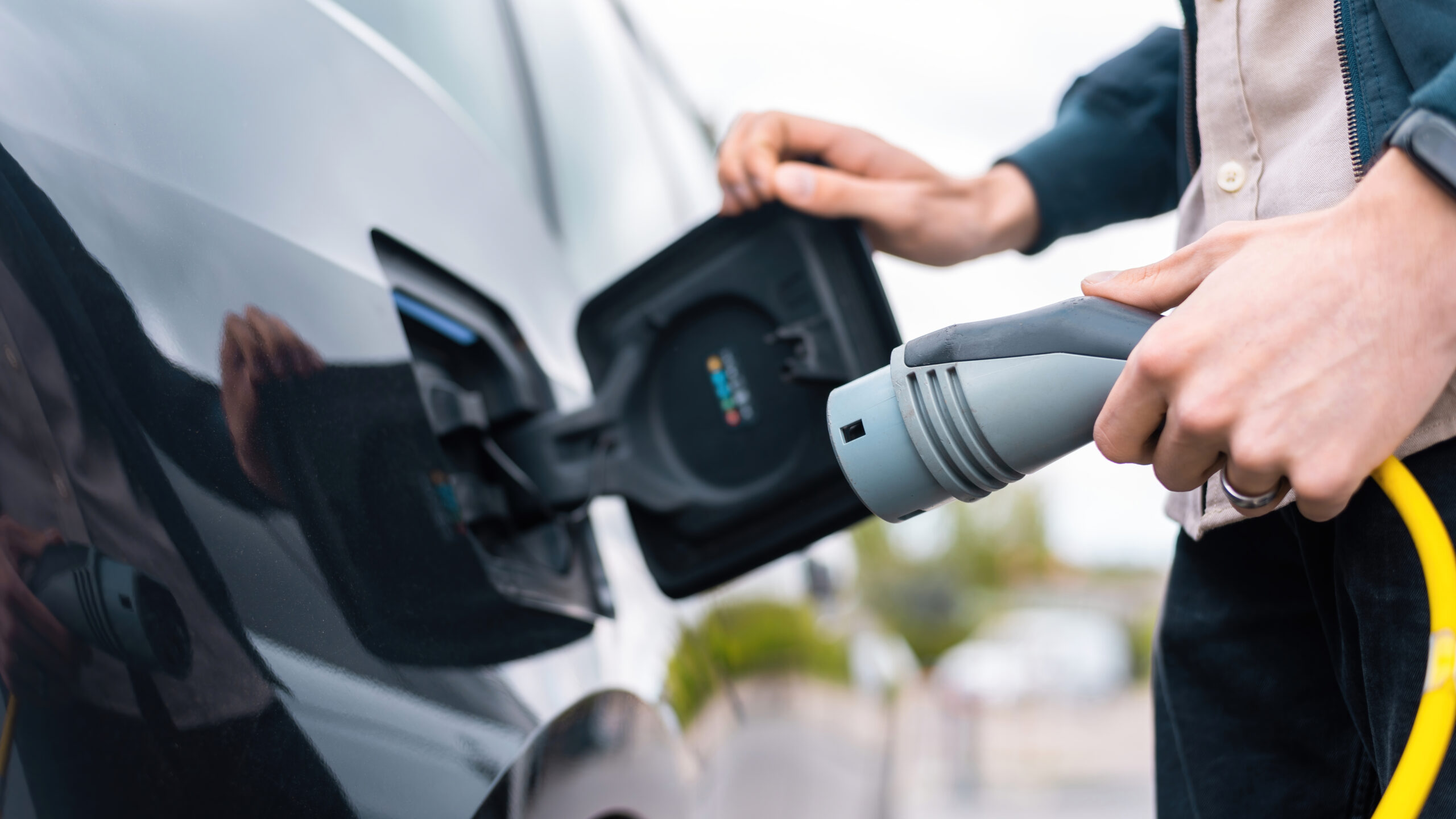
Escalent’s 2023 EVForward survey shows strong curiosity but big education and cost hurdles for V2G adoption.1
Escalent’s 2023 EVForwardⓇ Charging Experience DeepDive remains one of the only sources of consumer-focused research on bidirectional charging (V2X).2 The study provides rare insight into how potential EV buyers perceive technologies like vehicle-to-grid (V2G), vehicle-to-home (V2H), and vehicle-to-load (V2L). Despite rapid progress in V2G technology and pilots since 2023, this report highlights enduring challenges—particularly the low consumer awareness and understanding of these capabilities.
Awareness Gap
The research found that a majority of respondents had never heard of V2G or vehicle-to-vehicle (V2V) capabilities, and only about one in five were somewhat or very familiar. V2H and V2L scored slightly better but still reflected limited recognition. This demonstrates that while industry discussions have advanced, consumer awareness remains a major barrier.
Consumers who engaged with the concept saw V2H as a potential backup power source during outages and V2G as a way to earn money. However, concerns dominated: battery wear, equipment costs, loss of driving range, and skepticism about whether utilities would pay enough. Many also admitted they did not understand how the technology would work, underscoring the education gap.
Willingness to Participate
About 56% of respondents said they were somewhat or very likely to participate in a V2G program, with interest highest among EV intenders (nearly three in four). Still, 44% expressed little or no interest, often citing lack of trust, poor economics, or uncertainty.
Escalent modeled V2G economics assuming an incremental cost of $8,800 for a bidirectional charger. Even with generous export payments of $1/kWh, consumers would need to discharge the equivalent of 14 full battery cycles per year just to break even. At that rate, many respondents questioned whether the benefit outweighed battery wear and reduced vehicle availability.3
Why This Matters
The EVForward Charging Experience DeepDive offers an important reference point on consumer attitudes toward V2G. It shows how skepticism, low awareness, and cost barriers limit adoption. At the same time, the report suggests early adopters are open to the idea—especially if incentives, education, and cost reductions are addressed. For today’s V2G stakeholders, these insights are a reminder that technical progress must be matched with consumer engagement strategies if bidirectional charging is to scale.
- V2G News obtained a complimentary copy of the report that is only available to Escalent’s paid clients in the automotive and energy sectors. Findings are based on Escalent’s 2023 EVForward™ Charging Experience DeepDive survey (n=1,313), which included 108 EV Owners, 340 EV Intenders, 463 EV Open, and 402 EV Resistant respondents, supplemented by 12 focus group participants.
- See Escalent Market Research, Long Road Ahead for Vehicle-to-Everything (V2X) Adoption available at https://escalent.co/blog/long-road-ahead-for-vehicle-to-everything-v2x-adoption/ and Escalent Market Research, EVForward Research available at https://escalent.co/industries/automotive-and-mobility/evforward/.
- These results should be interpreted with caution. The economic scenario modeled by Escalent relied on cost and payment assumptions from 2023 that may not reflect today’s technology costs, market conditions, or program designs.